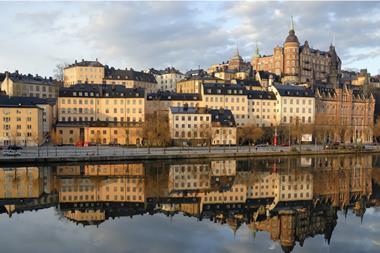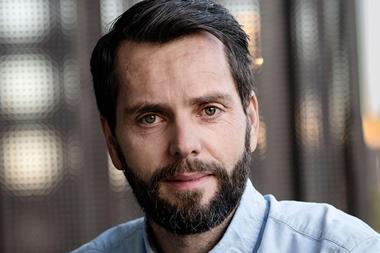In the last 10 years, private sector equity funds offered as part of Sweden’s premium pension which had high fees have generally produced lower returns than their cheaper counterparts, according to a new analysis.
The Swedish Pensions Agency (Pensionsmyndigheten), which manages most aspects of the first pillar premium pension system of individual accounts, has released details of its new report entitled “Is it worth choosing more expensive funds?”
The analysis of how the premium pension’s fund marketplace (fondtorget) – the platform through which private providers offer investment funds – has developed from 2012 to 2021 shows a trend for equity funds with higher fees to perform more weakly than lower cost funds, though the picture for fixed income funds is the opposite, according to the data.
Jesper Lorentz, analyst at the Swedish Pensions Agency, said: “Funds cost different amounts to save in and the fund fee can make a significant difference to how large the final premium pension will be.
“In the choice between similar equity funds, the fund with the lowest annual fee is generally preferable,” he said.
The agency said savings with the same deposit over a period of 40 years were shown to give a premium pension that was 4.5% lower if held in a fund charging 0.4 of a percentage point compared to a fund charging 0.2 of a point – provided the investments produced the same underlying investment value development.
Higher fees than that led to an even greater difference in eventual pension, it said.
However, the agency said its statistical analysis of the funds on the premium pension fund marketplace showed that there were no signs that equity funds with a higher net fee had generated a higher net value development during the period 2012–2021.
“On the contrary, more expensive equity funds seem to have performed worse than cheaper equity funds,” it said.
Fixed income funds, on the other hand, showed the opposite relationship between the net fee and the net value development during the same period, it said.
The agency said people who did not make their own fund choice would have their premium pension invested in the state default alternative, AP7’s lifecycle Såfa product.
“It is a global fund portfolio with a low fee and is structured to provide good long-term value development. The risk is adapted to the saver’s age,” the agency said.
Earlier this month, Sweden finally passed legislation to replace the premium pension funds marketplace, which gives Swedes 475 funds to choose from, with a new authority to procure what is expected to be a far smaller range of options.
The government said the purpose of the reform was to exclude unscrupulous players and to make the premium pension system more secure.
Read the digital edition of IPE’s latest magazine


































No comments yet